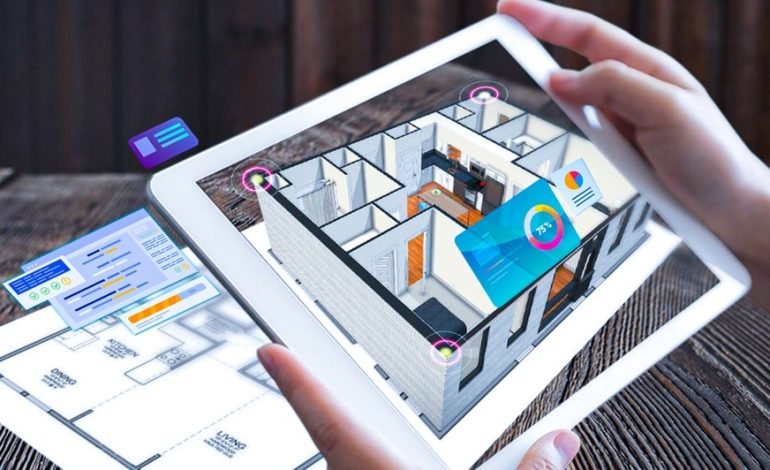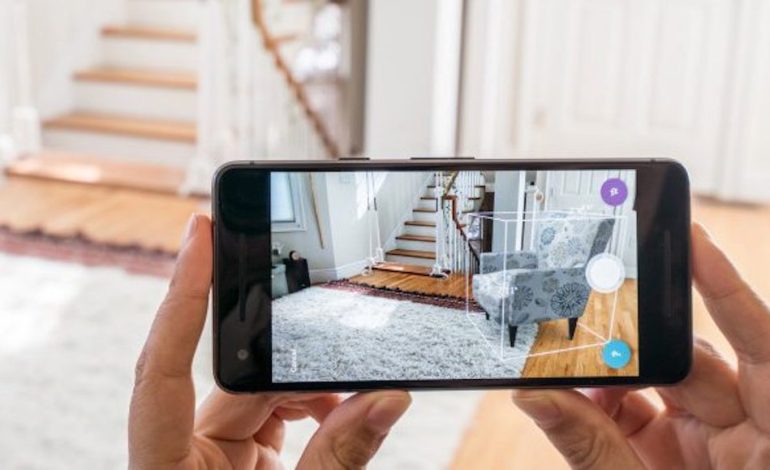Generative Architecture in Augmented Reality – A New Way to Design and Build

Architecture has always been deeply rooted in mathematics and science, but it’s usually applied in the construction of physical buildings that last hundreds of years and change very little. But what if there was a new way to do this? One that incorporated emerging technologies into architecture, like augmented reality (AR) or virtual reality (VR)? That’s generative architecture in augmented reality, and in this blog post, we’ll be going over how you can use it to create new ways to design and build in the future.
What is Generative Architecture?

In essence, generative architecture is a way of designing buildings where the form of the building is informed by algorithms. This means that instead of designers manually configuring spaces and choosing shapes for walls, ceilings, floors, etc., these elements are generated by computer-generated algorithms. The result? Buildings with complex designs that can be adapted to suit different purposes or contexts.
For example, since structures designed with generative architecture in augmented reality respond to the use they’re put to, hospitals might have an extra suite for patients who suffer from memory loss. As another example, schools built according to generative architecture might have classrooms that change size depending on how many students are present at any given time.
How Can AR Help with Generative Architecture?
The power of generative architecture lies in its ability to allow anyone with a creative mind the ability to design and build their own building. With augmented reality, the process becomes easier because everything is virtual. In this way, AR can help with generative architecture in augmented reality by making it even more accessible for those who are interested but don’t have formal training or experience. The use of technology in architecture has grown exponentially over the last few years.
It’s not just about software – machines now 3D print buildings out of steel, concrete, and other materials at an affordable rate that is both cost-effective and environmentally friendly. And all that without ever leaving your office chair. All you need is an idea! and start playing around. When designing anything, whether it be a full building or simply a facade, architects spend months looking at options from different angles before choosing what will work best. If you are not experienced in generative architecture there’s no shame in experimenting with different ideas – as long as you know what would work best for your needs.
The Benefits of Generative Architecture

generative architecture in augmented reality is a new way to design and build. Generative technology is made up of algorithms that can be programmed to make decisions about what form something should take as it is being built. This provides an opportunity for architects, engineers, contractors, builders, etc. to work together and create buildings with greater efficiency than ever before.
- One of the benefits of generative architecture is that it can provide a more personalized experience for the user. For example, buildings could be designed to change throughout the day depending on how much natural light is available or what time of year it is. – so you know you’re getting the perfect final product each time.
- Generative architecture also opens doors for interactive environments such as video games, augmented reality (AR), or anything else you might want your building to do. You can literally design any type of building with any features that are possible and allow others who may not have any specific skillsets to contribute by adding their own ideas into the process.
- Generative architecture in augmented reality also allows buildings to have complex shapes which would otherwise be impossible without computer-aided drafting software because these complex shapes are created using algorithms rather than plans drawn by hand.
The Future of Generative Architecture

In this series of posts, I will outline the benefits of generative architecture, how it works, the limitations of generative architecture in augmented reality, and its future. Generative architecture is a new way to design and build which uses software to automatically create buildings or cities. The process is a marriage between architectural design with 3D modeling software, artificial intelligence (AI) systems, data-driven simulations, robotics, and machine learning. The AI components of generative architecture use pattern recognition to identify when human beings are in a building or environment. Then they alter their designs accordingly, such as by adding more lighting or ventilation. There are two main challenges for this type of design:
Cost And Scalability
Generative architecture is an expensive method of designing and constructing buildings because of the heavy reliance on sophisticated computers and software. Building structures also must be built modularly so that each room can be customized individually; otherwise, it would take too long to rebuild a whole building if something were changed during construction. And while generative architecture in augmented reality can create astonishingly complex projects quickly, there’s still not enough information available about what types of environments suit specific populations best, or even how much energy each building needs to function at optimal levels.
Conclusion
In conclusion, generative architecture has the potential to change the way we design, build and interact with architecture. It will allow us to create spaces with more dynamism, adaptivity, and versatility. It also gives architects the opportunity to work on a project from start to finish without ever leaving their office! The first example of this is TILT which is designed for a non-profit organization that wishes to use it for multiple purposes but does not have the funds to develop it themselves.
In addition, designing buildings that respond directly to input is changing how people use them and giving people agency in their own environments; they are no longer victims of the space that they inhabit. The issue then becomes: How do you balance these constraints?





